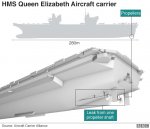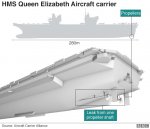dslittle
Well-Known Member
there was a big briefing for the Typhoon radar test equipment...
Young thrusting Engineer stood up and said..
"We have a new Idea, one test equipment .. Lots of adaptors so each piece of the radar can be tested on it.." (or words to that effect)
Whereupon there was a groan from the audience...
That's what they introduced with the Tornado aircraft..
The biggest problem was... bent pins on all the adaptor connectors.. I used to be good at changing them...
You know that you’ve been around too long when you see the circle turning for the third/fourth time with another ‘new’ idea from some young bright thing (destined for higher ranks!!!)




